Today’s post comes from my bookmarks rather than my library. And, although you can’t really tell from the title of the post, the book in question is a dance manual.
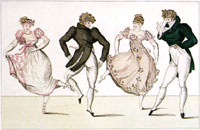 Among the goodies tucked into the Library of Congress’s online collection is The gentleman & lady’s companion; containing, the newest cotillions and country dances; to which is added, instances of ill manners, to be carefully avoided by youth of both sexes.. This little gem provides instruction (along with suggested music) for most of the dances being done in ballrooms in 1798 – and likely later. I’m sure you’ll find them useful.
Among the goodies tucked into the Library of Congress’s online collection is The gentleman & lady’s companion; containing, the newest cotillions and country dances; to which is added, instances of ill manners, to be carefully avoided by youth of both sexes.. This little gem provides instruction (along with suggested music) for most of the dances being done in ballrooms in 1798 – and likely later. I’m sure you’ll find them useful.
However, the fun part of this treatise comes in the chapter titled “Inftances of ILL MANNERS, to be carefully avoided by youth of both fexes.” I thought it would be fun to consider some of the “inftances.”
Many of these seem pretty much like common sense. For example, “Entering a room with the hat on, and leaving it in the same manner.” This seems like common courtesy even today, particularly in the ballroom. However, “passing between the fire and persons sitting at it,” or “standing between the light and any person wanting it,” is fairly dated advice.
The book advises against contempt in looks, words, or actions, for a partner in dancing, or other persons which makes one wonder why you would request a dance with someone for whom you feel contempt. But perhaps this was more common in 1798. And for heaven’s sake, don’t distort your countenance and practice mimicry. I’m sure there’s no quicker way to lose a dance partner.
By all means, do not “Lean on the shoulder, or chair of another person, and overlooking persons who are writing or reading.” Apparently Caroline Bingley had not read this section or she would not have been overlooking Darcy as he wrote to his sister. Class will out.
You are advised not to “loll on a chair when speaking or when spoken to, and look persons earnestly in the face without any apparent cause.” I can understand the prohibition against lolling. That’s so rarely courteous. But looking persons earnestly in the face? I’m not sure why that’s bad. Any ideas?
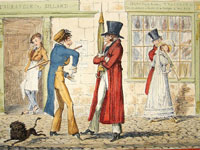 I get “laughing loudly, when in company, and drumming with feet or hands” and “swinging the arms, and all other awkward gestures, especially in the street, and in company.” Even today, I characterize such behavior as “ill-mannered.” On the other hand, “A constant smile or settled frown on the countenance” seems a tad stringent. Yes, a settled frown might be a little off-putting, but don’t you think a cheery face might be okay?
I get “laughing loudly, when in company, and drumming with feet or hands” and “swinging the arms, and all other awkward gestures, especially in the street, and in company.” Even today, I characterize such behavior as “ill-mannered.” On the other hand, “A constant smile or settled frown on the countenance” seems a tad stringent. Yes, a settled frown might be a little off-putting, but don’t you think a cheery face might be okay?
Nevertheless, both the author of The Gentleman and Lady’s Companion and I exhort you to especially eschew “All instances of that ill judged familiarity which breeds contempt.” And have a good day.



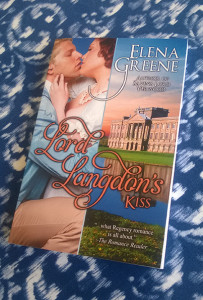 til my two year old printer died, amid screams from daughters needing to print homework. This is the second printer I have bought and installed in the past four years. How come the 25 year old TV that used to be in my apartment when I was single is still working, but printers last 2 years or less? I know, it’s planned obsolescence (not even talking about the highway robbery that is involved in the selling of replacement print cartridges). Anyway, I have splashed out a little more money on a laser printer this time, in the hope that reports are true and it will last longer and need less frequent toner cartridge replacements. Because I’d rather be writing!
til my two year old printer died, amid screams from daughters needing to print homework. This is the second printer I have bought and installed in the past four years. How come the 25 year old TV that used to be in my apartment when I was single is still working, but printers last 2 years or less? I know, it’s planned obsolescence (not even talking about the highway robbery that is involved in the selling of replacement print cartridges). Anyway, I have splashed out a little more money on a laser printer this time, in the hope that reports are true and it will last longer and need less frequent toner cartridge replacements. Because I’d rather be writing!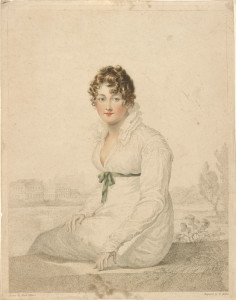
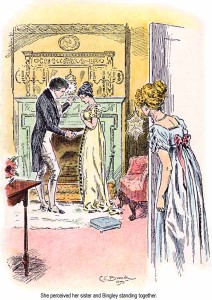
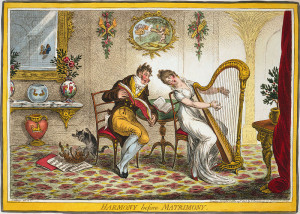
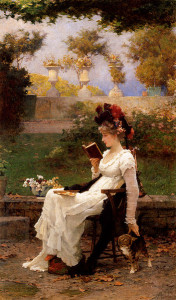


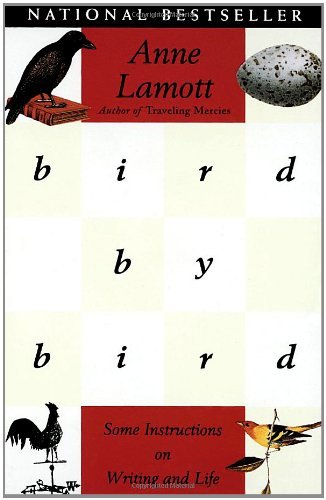 If you write, what do you when a spell of doubting happens to you? Are you a planner or a pantser, or a combination? What resources do you turn to when your faith needs to be bolstered? Have you read the ones I mentioned? If you’re a reader, have you ever asked authors where their ideas came from? If you have, what answers did you get?
If you write, what do you when a spell of doubting happens to you? Are you a planner or a pantser, or a combination? What resources do you turn to when your faith needs to be bolstered? Have you read the ones I mentioned? If you’re a reader, have you ever asked authors where their ideas came from? If you have, what answers did you get?